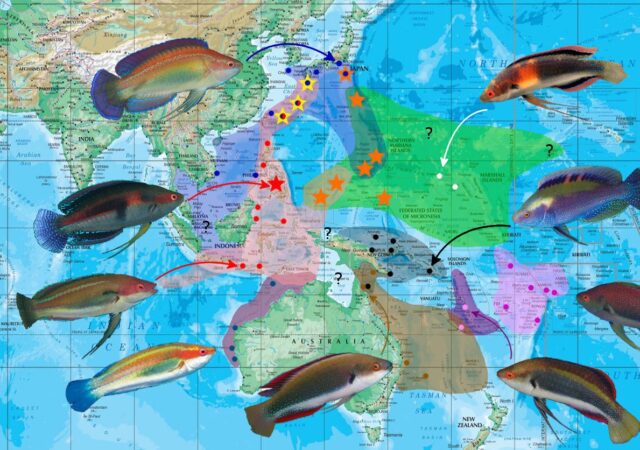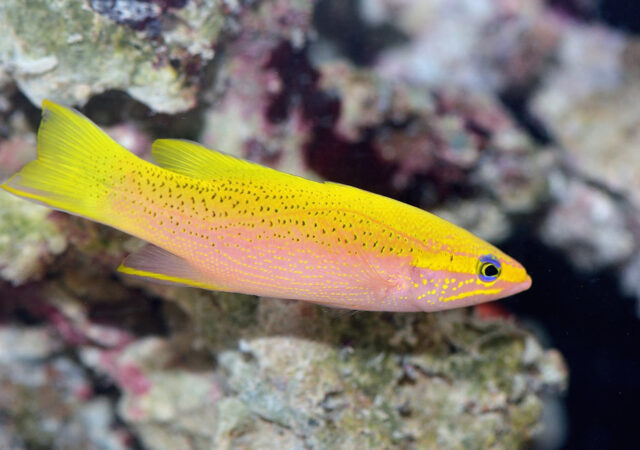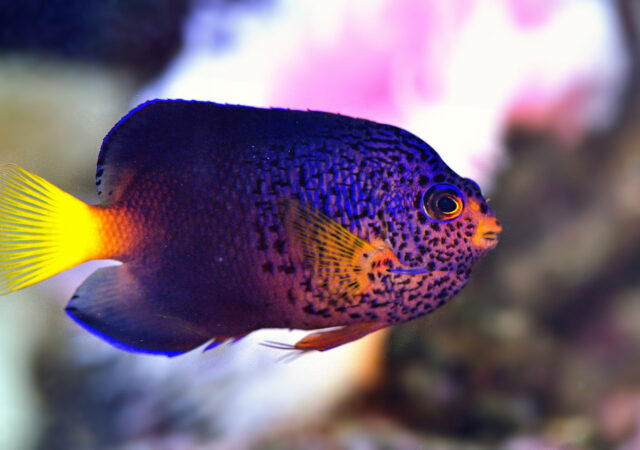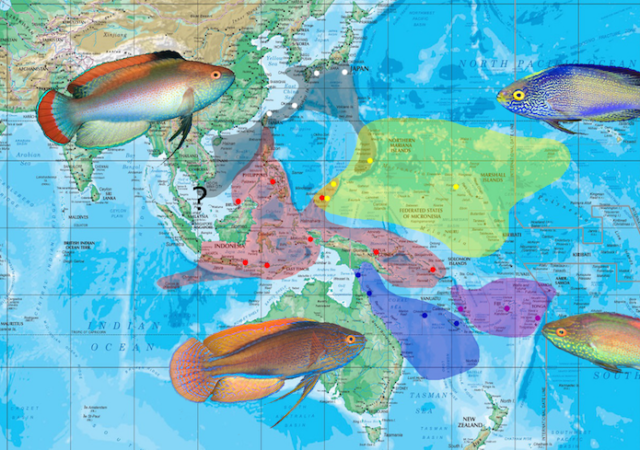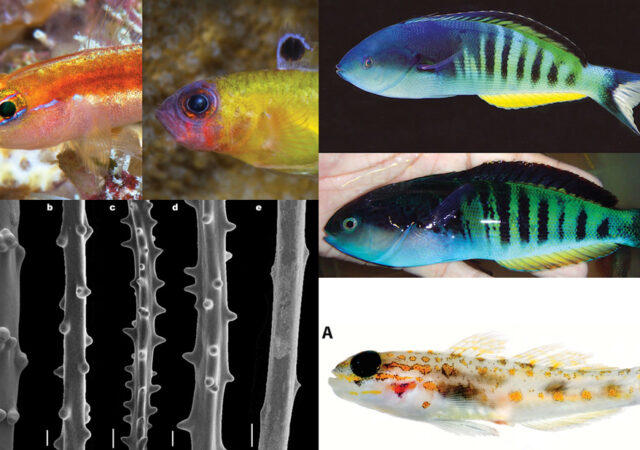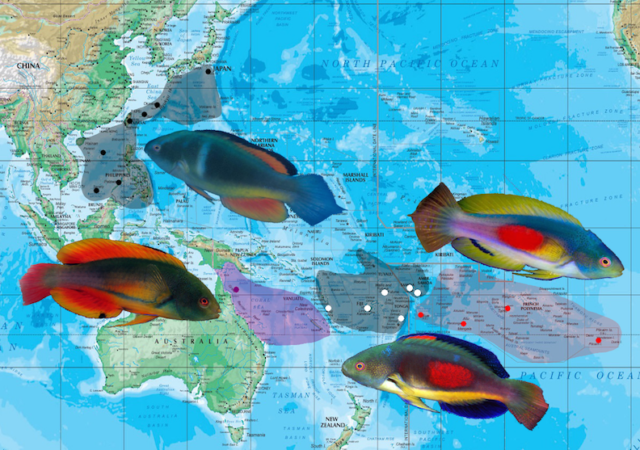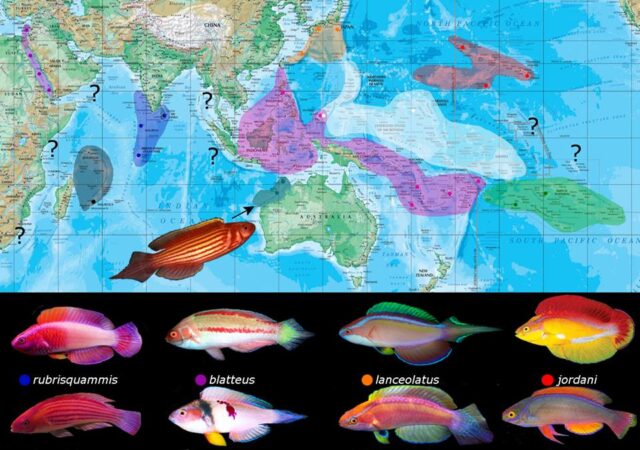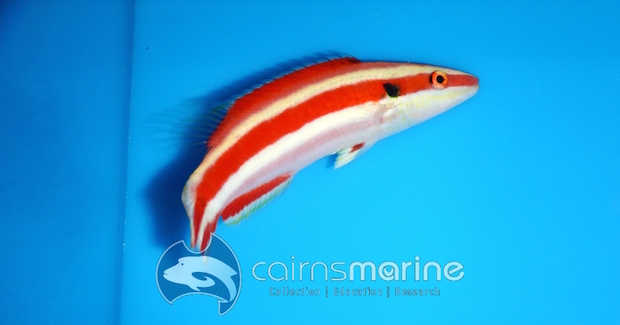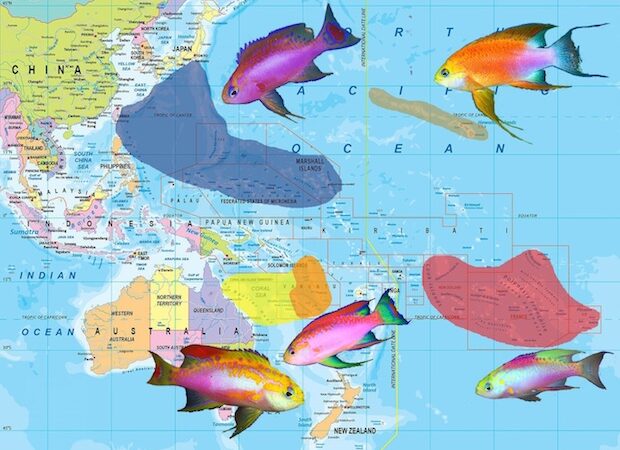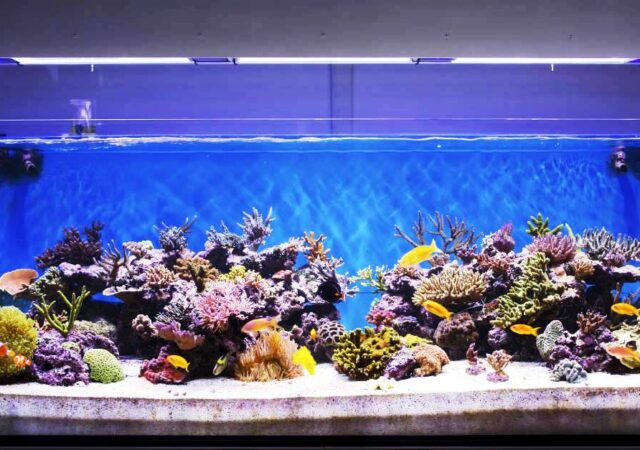The temminckii group plays host to some of the genus’ larger and more unappealing species. Burley, pugnacious and often glazed in matte grey, these un-fairy looking fairy wrasses are more often than not associated with the ugly duckling sobriquet. Despite…
Search Results For: blue harbor
Okayama’s “Liopropoma boss” shows us how he got that name
We’re at the penultimate last leg of our recent Japanese tour recount, and if you’re just following, be sure to check out the previous parts here, here, here, here and here. We’ve toured Osaka and the surrounding Kansai region extensively…
A Mauritian gem residing in Japan
As the metonymic dust begins to settle after our whirlwind tour of Japan, it becomes increasingly clear that this country is without a doubt, the capital mecca for rare fish and all things associated. With lolita inspired fashion and crazy pop…
3.1 Fairy Wrasses: The rubrimarginatus group
The rubrimarginatus group is home to some of the most well-known (and well-loved) of the Fairy Wrasses. The group can be divided rather equally into two clades, each with their own separate diagnostic features. The males attain fairly large sizes,…
The top 6 new species of marine life this month
There have been a lot of new species descriptions in the last handful of weeks, and there are lots that can be said about each of them. We’ve covered them all individually but we wanted to bring your attention to…
2.1 Fairy Wrasses: The scottorum group
Moving away from the first major Cirrhilabrus clade, we explore the various species groups that differ by having larger and longer pelvic fins. The scottorum group is a small conglomeration of two confirmed species, one of which is highly polychromatic…
1.3 Fairy Wrasses: The lanceolatus group
The members of the lanceolatus group are some of the largest and showiest fairy wrasses, collectively celebrated for their grandiose caudal fin and chromatic brilliance. The group spans most of the Indo-Pacific, with its various species occupying a series of…
Distribution of the Trochocopus subgenus with a new range extension for the neopercularis complex
The largely puerile and often intimidating Bodianus is a large genus of labrid most noted for their belligerent and mischevious behaviour. While a large portion of the genus are often teeth bearing invertebrate hunters, a handful are minimally problematic and…
Diversity and forms of the Pseudanthias ventralis species flock: How many are there?
In light of our recent trend in picking apart cryptic species within a given complex like we did for Pseudanthias pascalus and Nemateleotris helfrichi, we continue yet again with a rather massive undertaking. This time with Pseudanthias ventralis. This beautiful species is…
Pros and Cons of the aquarium hobby being so expensive
Recently I became involved in something I hadn’t done for a long time: helping a total newbie set up his first reef tank. Initially he wanted to set up a 300-gallon reef, but after we came up with the list…


